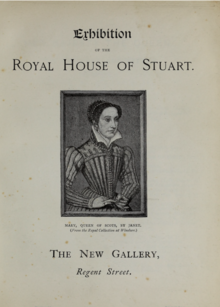
Jacobitism was a political movement that supported the restoration of the senior line of the House of Stuart to the British throne. The name derives from the first name of James II of England, which is rendered in Latin as Jacobus. When James went into exile after the November 1688 Glorious Revolution, the Parliament of England argued that he had abandoned the English throne, which they offered to his Protestant daughter Mary II of England, and her husband William III. In April, the Scottish Convention held that he "forfeited" the throne of Scotland by his actions, listed in the Articles of Grievances.
A Jacobite is a follower of someone named Jacob or James, from the Latin Jācōbus. Jacobite or Jacobitism may refer to:
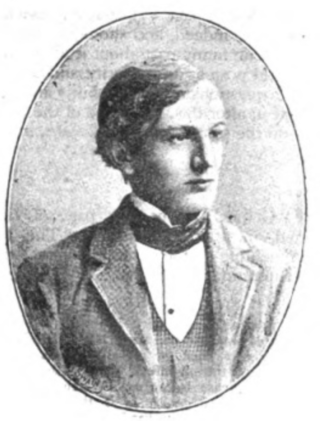
Ruaraidh Erskine of Marr was a Scottish nationalist political activist, writer and Scottish Gaelic language revival campaigner.

The Jacobite succession is the line through which Jacobites believed that the crowns of England, Scotland, and Ireland should have descended, applying primogeniture, since the deposition of James II and VII in 1688 and his death in 1701. It is in opposition to the legal line of succession to the British throne since that time.
The Nonjuring schism refers to a split in the established churches of England, Scotland and Ireland, following the deposition and exile of James II and VII in the 1688 Glorious Revolution. As a condition of office, clergy were required to swear allegiance to the ruling monarch; for various reasons, some refused to take the oath to his successors William III and II and Mary II. These individuals were referred to as Non-juring, from the Latin verb iūrō, or jūrō, meaning "to swear an oath".

Archibald FitzRoy George Hay, 13th Earl of Kinnoull, styled Viscount Dupplin from 1886 until 1897, was a Scottish peer and soldier. His titles were Earl of Kinnoull, Viscount Dupplin and Lord Hay of Kinfauns in the Peerage of Scotland; and Baron Hay of Pedwardine in the Peerage of Great Britain.
The Jacobite uprising in Cornwall of 1715 was the last uprising against the British Crown to take place in the county of Cornwall.
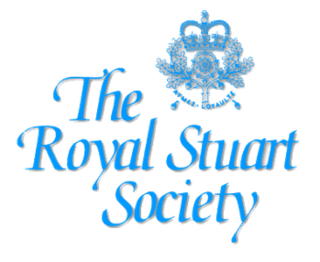
The Royal Stuart Society, founded in 1926, is the largest extant Jacobite organization in the United Kingdom. Its full name is The Royal Stuart Society and Royalist League, although it is best known simply as the "Royal Stuart Society". It acknowledges Francis, Duke of Bavaria as head of the House of Stuart, while refraining from making any claim on his behalf that he does not make himself.
Louis Charles Richard Duncombe-Jewell, born Louis Charles Richard Jewell, was a soldier, special war correspondent of The Times and The Morning Post, sportsman and sometimes poet. He was a champion of the Cornish language, having been born at Liskeard in Cornwall. He assumed the additional surname Duncombe in accordance with his grandmother's will in 1895. His parents were members of the Plymouth Brethren, which when they moved to South London brought him into contact with Aleister Crowley. The two remained lifelong associates. Duncombe-Jewell lived at Crowley's Scottish residence 'Boleskine' for several years from 1903. He later converted to Catholicism.
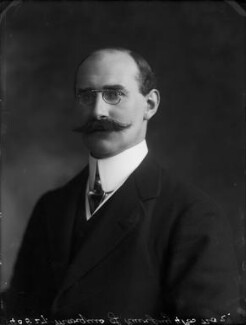
Melville Amadeus Henry Douglas Heddle de La Caillemotte de Massue de Ruvigné, 9th Marquis of Ruvigny and 15th of Raineval was a British genealogist and author, who was twice president of the Legitimist Jacobite League of Great Britain and Ireland.

The Jacobite rising of 1745, also known as the Forty-five Rebellion or simply the '45, was an attempt by Charles Edward Stuart to regain the British throne for his father, James Francis Edward Stuart. It took place during the War of the Austrian Succession, when the bulk of the British Army was fighting in mainland Europe, and proved to be the last in a series of revolts that began in 1689, with major outbreaks in 1708, 1715 and 1719.

Murray G. H. Pittock MAE FRSE is a Scottish historian, Bradley Professor of Literature at the University of Glasgow and Pro Vice Principal at the University, where he has served in senior roles including Dean and Vice Principal since 2008. He led for the University on the University/City of Glasgow/National Library of Scotland Kelvin Hall development (kelvinhall.org.uk), and has chaired Glasgow's unique early career development programme, which has been highly influential in the sector, since 2016. He has also acted as lead or co-lead for a range of national and International partnerships, including with the Smithsonian Institution, and plays a leading role in the University's engagement with government and the cultural and creative industries (CCIs), organizing the 'Glasgow and Dublin: Creative Cities' summit in the British Embassy in Dublin in 2019, and working with the European network CIVIS on the creation of a European policy document on universities and civic engagement, on which he gave a masterclass for La Sapienza University He also produced a major report on the impact of Robert Burns on the Scottish Economy for the Scottish Government in 2020; a Parliamentary debate was held at Holyrood on the recommendations, which have been cited in policy debate many times since. In 2022, he was declared Scotland's Knowledge Exchange Champion of the year. Outside the University, he served on the Research Excellence Framework (REF) Institutional Environment Pilot Panel in 2018-22, and on the National Trust for Scotland Board (2019-27) and Investment Committee, as well as acting as Co-chair of the Scottish Arts and Humanities Alliance (SAHA) and chair of the Governance Board of the Scottish Council on Global Affairs. He also serves as Scottish History Adviser to the NTS and as an adviser to a wide range of other national heritage bodies and the Scottish Parliament; recently he has provided expert advice to both the Scottish and British parliaments on promoting Scotland abroad. He is on the Advisory Board of NISE, the Europe-wide research group bringing together over 40 research centres working on national identities and was President of the Edinburgh Walter Scott Club in 2019-20 and 2021-22. He has given a number of major lectures, most recently the Magnusson, MacCormack and Caledonian lectures
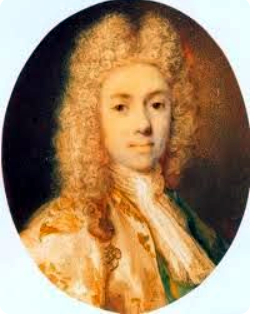
William Murray, Marquess of Tullibardine was a Scottish nobleman and Jacobite who took part in the rebellions of 1715, 1719, and 1745.

Bertram Ashburnham, 5th Earl of Ashburnham was a British peer. He was the English agent for the Spanish Carlist cause, and a supporter of Irish Home Rule. He sold off the Ashburnham collection of manuscripts which the 4th Earl had collected.

Herbert Vivian was an English journalist, author and newspaper owner, who befriended Lord Randolph Churchill, Charles Russell, Leopold Maxse and others in the 1880s. He campaigned for Irish Home Rule and was private secretary to Wilfrid Blunt, poet and writer, who stood in the 1888 Deptford by-election. Vivian's writings caused a rift between Oscar Wilde and James NcNeil Whistler. In the 1890s, Vivian was a leader of the Neo-Jacobite Revival, a monarchist movement keen to restore a Stuart to the British throne and replace the parliamentary system. Before the First World War he was friends with Winston Churchill and was the first journalist to interview him. Vivian lost as Liberal candidate for Deptford in 1906. As an extreme monarchist throughout his life, he became in the 1920s a supporter of fascism. His several books included the novel The Green Bay Tree with William Henry Wilkins. He was a noted Serbophile; his writings on the Balkans remain influential.
The Neo-Jacobite Revival was a political movement active during the 25 years before the First World War in the United Kingdom. The movement was monarchist, and had the specific aim of replacing British parliamentary democracy with a restored monarch from the deposed House of Stuart.
Theodore Napier (1845-1924) was a Scottish Australian who played a key part in the Neo-Jacobite Revival of the 1890s and in the rebirth of Scottish Nationalism.
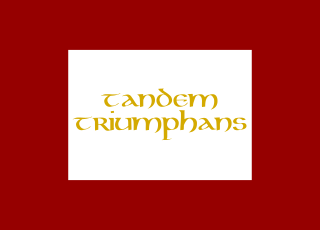
The Jacobite Army, sometimes referred to as the Highland Army, was the military force assembled by Charles Edward Stuart and his Jacobite supporters during the 1745 Rising that attempted to restore the House of Stuart to the British throne.

The Legitimist Jacobite League of Great Britain and Ireland was a Jacobite society founded in 1891 by Herbert Vivian, Melville Henry Massue and Ruaraidh Erskine following a split from the earlier Order of the White Rose. The League was considered one of the key groups in the Neo-Jacobite Revival of the 1890s.

The Whirlwind was a short-lived British newspaper, published in 1890 and 1891. It was known for its Individualist political views and its artwork by Walter Sickert and James Abbott McNeill Whistler. It was also strongly Jacobite and played a leading role in the Neo-Jacobite Revival of the 1890s.
